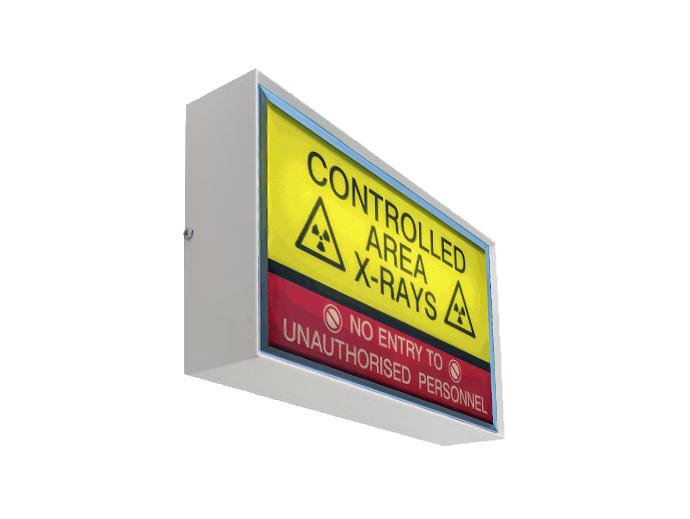
If you've ever been to a veterinary clinic, you've almost certainly noticed a variety of equipment fundamental to the medical care of our loved pets. One of the most usual, yet often neglected, pieces are the 'vet x-ray warning lights'. These warning lights are vital in confirming the safety of both the veterinary staff and the animals in care. In this article, we'll dig deep into the sphere of 'vet x-ray warning lights' and discover their significance.
Understanding Vet X-Ray Machines
Before getting into the details of the 'x-ray warning lights', it's imperative to understand the primary tool they are connected to - the x-ray machine. Veterinary x-ray machines permit vets to see inside an animal's body. They can help discover bone fractures, tumours, foreign objects, and other internal matters that might not be clear from a physical examination alone.
However, as advantageous as they are, x-ray machines give off ionising radiation, which is damaging in excessive amounts. That's where the 'x-ray warning lights' come into play.
The Role of X-Ray Warning Lights in Veterinary Clinics
'X-ray warning lights' have a clear-cut yet essential function. They light up to signal when the x-ray machine is in operation, telling staff, visitors, and other animals to keep clear from the direct area. Here's why they're crucial:
Safety First: The foremost role of 'vet x-ray warning lights' is safety. They make sure that anyone in the vicinity understands when likely harmful x-rays are being given off.
Preventing Unnecessary Exposure: Extended exposure to x-rays can be detrimental. By advising everyone in the vicinity, these warning lights perform a crucial role in diminishing any accidental exposure.
Legal and Regulatory Compliance: In many jurisdictions, including the UK, the use of 'x-ray warning lights' is not just advised but a lawful requirement. Veterinary clinics are bound to comply with specific safety protocols, with the use of warning lights being dominant among them.
Choosing the Right Vet X-Ray Warning Lights
If you're a clinic owner or a vet looking to launch a new practice, it's vital to get top-notch 'vet x-ray warning lights'. Here's what to consider:
Visibility: Ascertain that the lights are luminous enough to be seen from a distance, even in well-lit environments.
Durability: Veterinary clinics are active environments. Acquire warning lights that can bear a bit of wear and tear.
Integration with X-Ray Machine: Some contemporary 'x-ray warning lights' can be linked with the x-ray machine to directly turn on or off. Such synchronisation adds an added layer of safety and convenience.
Maintenance and Checks
Periodic checks and maintenance of your 'vet x-ray warning lights' are crucial to verify they function properly. A faulty light could bring about unintended exposure. Ensure that:
Consistent Inspections are Carried Out: Look over the lights daily before clinic operations begin.
Replace Faulty Bulbs Immediately: Don't wait for a bulb to die fully. If you see it fading or flickering, it's time for a swap.
Test for Synchronisation: If your warning light is linked with your x-ray machine, routinely test to confirm they sync accurately.
'X-ray warning lights' in veterinary clinics may appear like straightforward devices, but they perform a central role in making sure of the safety of both the staff and the animals. They operate as silent guardians, shielding everyone from unneeded radiation exposure. Whether you're a vet, a pet owner, or a concerned individual, realising the importance of these lights and confirming they function correctly is vital.
If you're enthusiastic to know more about x-rays in veterinary practice or are in search of premium 'vet x-ray warning lights', we encourage you to visit xray4vets. With a plethora of information and products designed for the veterinary industry, it's your ultimate destination for all things x-ray related. Safe practices confirm a improved environment for everyone involved, so never ever underestimate the power of that small warning light!"